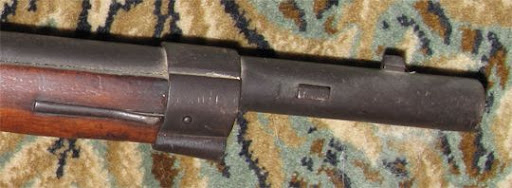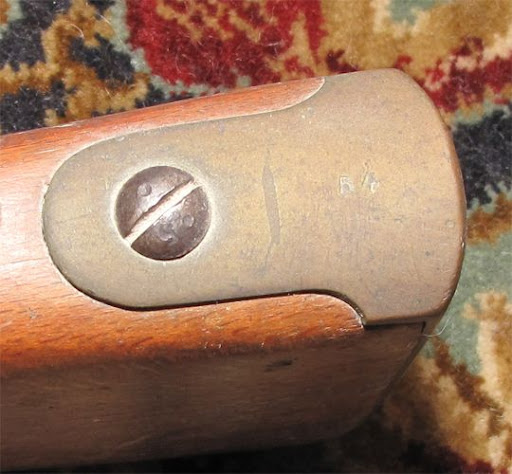I am new to this forum and this is my first post here.
My girlfriend's mom had this hanging above her fireplace for a couple of decades. She recently moved to a much smaller home after her husband passed on and is going through everything to see what she should keep. She asked me if I would find out as much about it as possible.
Any information/suggestions would be appreciated.
Thank you.
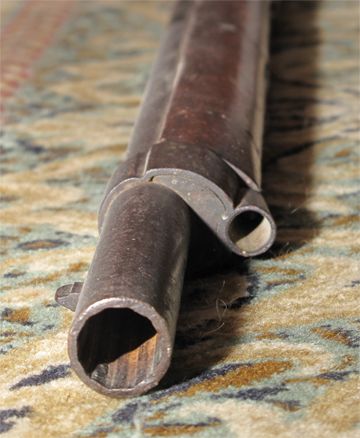
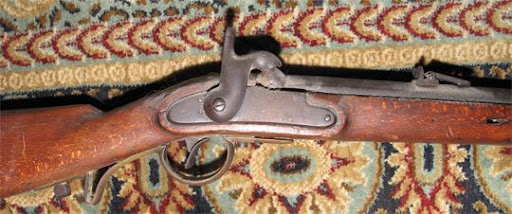

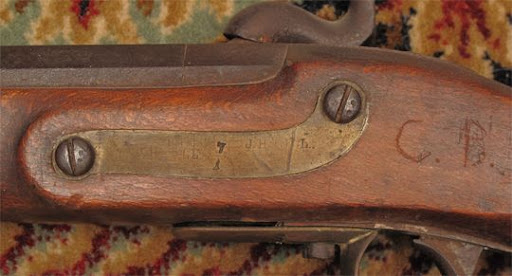
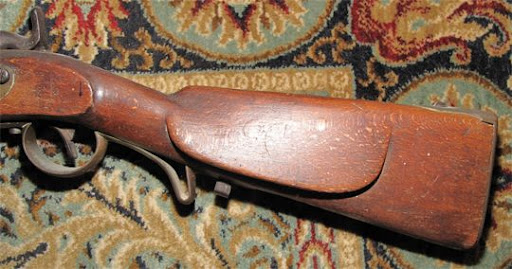
My girlfriend's mom had this hanging above her fireplace for a couple of decades. She recently moved to a much smaller home after her husband passed on and is going through everything to see what she should keep. She asked me if I would find out as much about it as possible.
Any information/suggestions would be appreciated.
Thank you.









